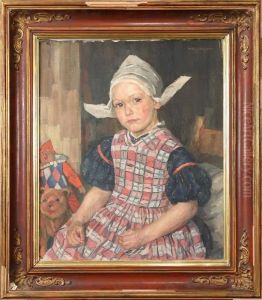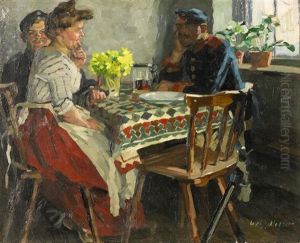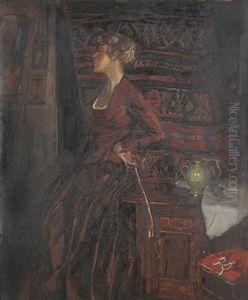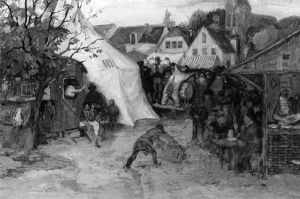Wolfgang Wagner Paintings
Wolfgang Wagner was not an artist in the traditional sense of a painter or sculptor, but rather a significant figure in the world of opera and theater. Born on August 30, 1919, in Bayreuth, Germany, he was the grandson of the famous German composer Richard Wagner. As part of the Wagner dynasty, he had a profound influence on the Bayreuth Festival, an annual music festival established by his grandfather that celebrates the works of Richard Wagner.
Wolfgang Wagner studied a variety of subjects including art, but his primary interest lay in theater and stage production. He worked closely with his brother Wieland Wagner after World War II to revive the Bayreuth Festival, which had been suspended due to the war. The brothers introduced innovative stage designs and new interpretative approaches to their grandfather's works, significantly modernizing the performances and contributing to the evolution of opera staging in the process.
After his brother's death in 1966, Wolfgang took over as the sole director of the festival and continued to serve in this role for many years. He was known for his autocratic style, which sometimes led to controversies and disputes within the world of opera and the Wagner family. Despite any contention, his leadership was marked by the continued success and prestige of the Bayreuth Festival.
Wolfgang Wagner retired in 2008, after directing the festival for over half a century. During his tenure, he not only maintained the festival's high standards but also introduced new talents and expanded the festival's global reach. He passed away on March 21, 2010, leaving behind a legacy intricately tied to the world of opera and the enduring legacy of his grandfather's music.



